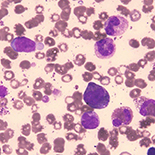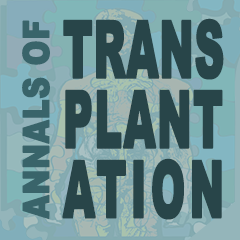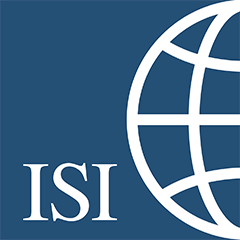Successful Treatment of a Case of FIP1L1-PDGFRα-Positive T Lymphoblastic Lymphoma with Eosinophilia Using Imatinib
Hua Yang, Na Lv, Hui-yuan Kang, Jie Li, Jian Bo, Yu Jing
Med Sci Case Rep 2017; 4:70-75
DOI: 10.12659/MSCR.904972
Available online: 2017-07-17
Published: 2017-07-17

BACKGROUND:
T lymphoblastic lymphoma (TBL) is a malignant hematologic disease with poor prognosis. It is characterized by high invasiveness and late diagnosis. The treatment of TBL includes chemotherapy and transplantation. The adverse effects of the treatment are very severe, the mortality rate is high, and 5-year survival rate is low. However, the prognosis is good in TBL patients with eosinophilia and abnormalities of PDGFRα, PDGFRβ, or FGFR1, because tyrosine kinase inhibitors (TKI) are very effective in TBL patients with PDGFR rearrangement.
CASE REPORT:
Using imatinib, we successful treated a patient with FIP1L1-PDGFRα-positive TBL with eosinophilia. This male patient was diagnosed with FIP1L1-PDGFRa positive TBL, and he had been taking imatinib 100 mg/d. After a half year, the lymphadenopathy completely resolved and bone marrow eosinophil ratios returned to normal level. The FIP1L1-PDGFRa gene turned negative in bone marrow. To date, the patient has continued to take imatinib 100 mg every 2 days and in has been in CR (complete response) status for 6 years.
CONCLUSIONS:
We suggest screening for the PDGFR gene rearrangement for patients with hematopoietic malignancies with eosinophilia. Single imatinib orally without chemotherapy is very effective. Imatinib can avoid the adverse effects of chemotherapy and transplantation, improving quality of life and prolonging survival.
Keywords: eosinophilic esophagitis, Precursor T-Cell Lymphoblastic Leukemia-Lymphoma, Receptor, Platelet-Derived Growth Factor alpha





